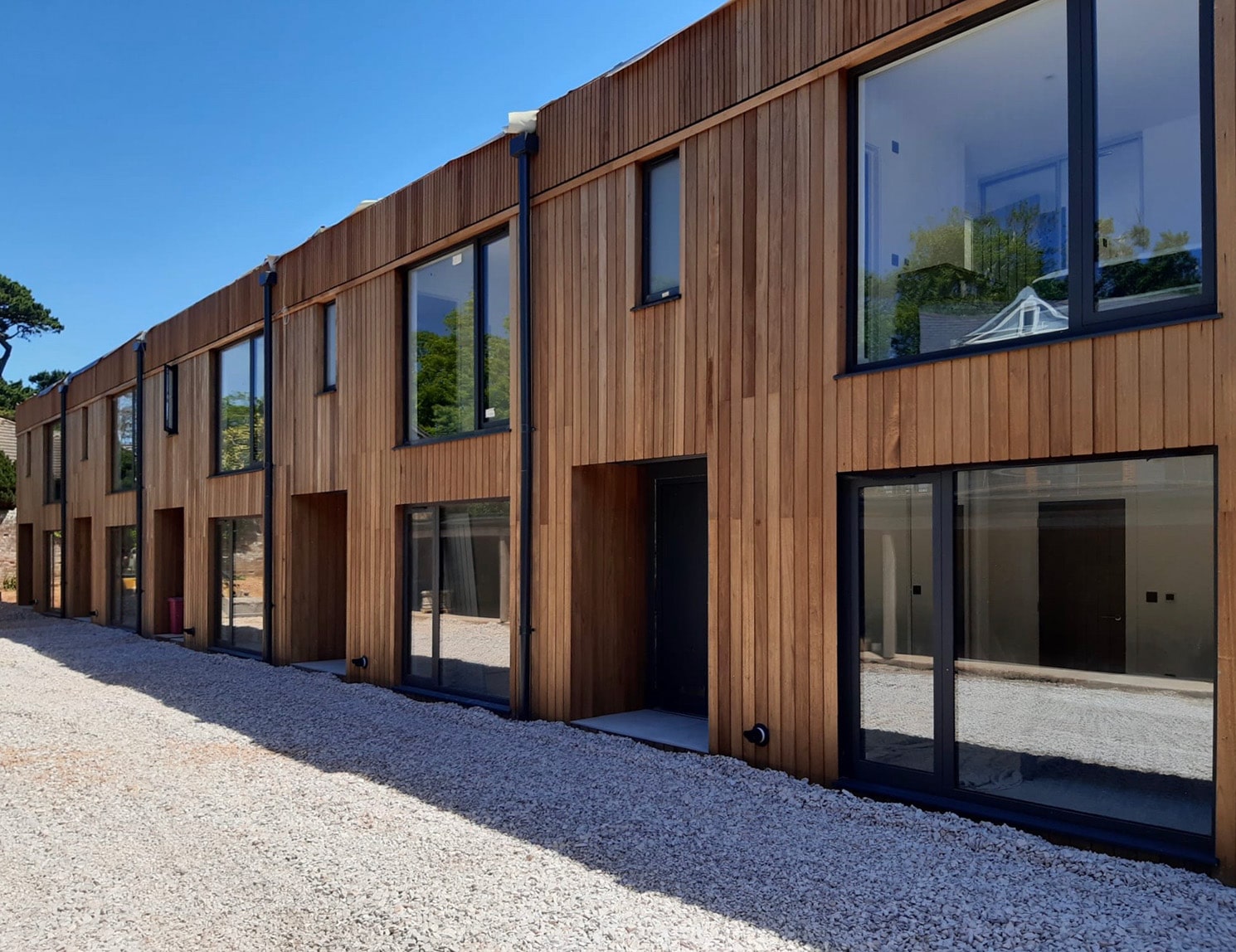The Top 5 Timber Cladding Mistakes to Avoid
Timber cladding is becoming an increasing popular feature in homes and businesses across the UK. This is no surprise as Timber cladding is a stylish, practical, and natural design solution that can really help enhance and modernise a building.
Unfortunately, whether it’s exterior or interior timber cladding, the eventual outcome of the project could be different than what was first envisaged. With timber cladding installation, there is also the risk of making decisions that will impact the long-term durability of the cladding boards.
At NORclad we are experts in timber cladding with years of experience working with projects, big and small, we have seen almost everything. In this article we’ve put together a list of common mistakes you should avoid to ensure your timber cladding is installed properly and survives even the worst of British weather.
Correct Fixings
One of the most important considerations is the type of fixings you will use to secure your timber cladding boards. A common mistake during installation of timber cladding is using screws that aren’t suitable for different weather conditions.
You should always make sure you are using Stainless Steel Screws, these are the most durable and will survive in very wet conditions. Other screws are vulnerable to rust and just don’t last in the long-term.
It’s also important to note that screws are always the better option compared to nails. If you are going for the more discreet look and don’t want the fixings to be seen then stainless steel cladding clips and fasteners are the perfect choice.
Evaluate where you place your Cladding
This is a key consideration to make when planning on your cladding design and before installation. However, If you are working on an interior cladding project, then you don’t need to worry too much about the weather.
For exterior cladding projects, it’s important to take both sun and damp into consideration. Your cladding shouldn’t be in any damp corners but should also not be in direct sunlight.
As long as there is ventilation in the design and the cladding is not too exposed to the elements, this will reduce maintenance and increase the longevity of the cladding boards.
Learn more about how long timber cladding can last >
Maintain the grain
The grain can easily be forgotten about after timber cladding has been installed but it’s important for the durability and overall look of the wood.
Ultimately, how regularly you should do maintenance will depend on the type of wood that you chose and how it’s been treated. There are a few different types of timber cladding treatments such as using preservatives and copper or the more durable option of pressure treated cladding.
Maintaining the grain of your cladding can also be done with a fresh coat of paint which will help to protect the wood while also giving it an attractive finish.
Read our top tips for timber cladding maintenance >
Choose the most suitable type of wood
The most common consideration for any cladding project is choosing the right type of wood for the climate. Choosing the wrong type of wood can have an immense impact on the expected life service of the wood.
Softwoods are usually the more attractive and stylish option, but hardwoods are the more sensible option as they are a denser type of wood. This makes Hardwoods more durable in the long-term and more suitable for UK Weather.
Learn more about the differences between hardwood and softwood >
Professional Installation is recommended
We’re all proud of our individual DIY skills and capabilities but we recommend having your timber cladding installed by a professional cladding installer. This is because there are multiple factors to consider and sometimes things can go wrong.
It is of course possible for you install timber cladding by yourself or replace a few boards but if you want to ensure a proper installation, with minimal wastage then it’s best left to the professionals, especially if you have no previous experience.
Expert Timber Cladding Design and Installation with NORclad
Design and Installation can have a huge impact on how a cladding project turns out and therefore needs to consider common pitfalls to avoid damage and ensure the cladding is installed correctly.
There are a lot of decisions to made when planning a Timber cladding project. Although the choice of materials is important and affects the longevity of your cladding, proper installation and a well thought out design are equally crucial.
We have a wide range of resources that can help you make more informed decisions and even guide you through the cladding installation process. Have a look at our download centre for a full list of our available brochures and resources.
For more support on your next timber cladding project get int ouch with one of the NORclad team.
We also have a wide range of news and blog posts to help you get more inspiration or ideas for your next timber cladding project.
Read more:
> The Architects Ultimate Guide to Timber Cladding
> Finding the Right Timber Cladding Suppliers and Installers


















